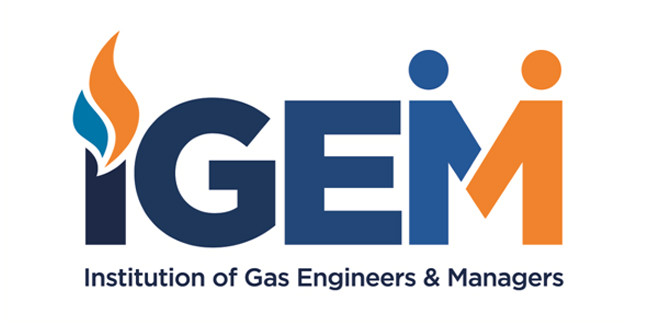

The Institution of Gas Engineers and Managers (IGEM) has published a new edition of the Gas Industry Unsafe Situations Procedure (GIUSP).
The update came into effect on 1 June 2018 and supersedes Edition 7.1 of the GIUSP, which has now been withdrawn.
The procedure provides guidance to Gas Safe-registered businesses/engineers for dealing with unsafe situations in domestic and non-domestic premises supplied with natural gas or liquefied petroleum gas (LPG).
This guidance covers how registered engineers should make visual assessments on any appliances/installations they encounter or work on, and outlines the instances where appliances/installations deemed to be unsafe should be classified as either 'Immediately Dangerous' or 'At Risk'.
IGEM took over legal ownership of the Unsafe Situations Procedure in February 2017, under the governance of its Technical Co-ordinating Committee. This new GIUSP update is the first to be published by IGEM since that date. Previously, the standard was overseen by a working group of stakeholders from across the industry.
IGEM has reportedly kept the new document as similar to the previous version as possible, in order to prevent any confusion. This latest update makes only minimal changes to the procedure, including bringing the layout and some of the wording into line with other published IGEM standards.
The phrase ‘responsible engineers’, used in the previous edition, has been changed to ‘competent engineers’, to clarify that only those deemed to be legally competent are allowed to work with gas and LPG appliances.
Minor changes have also been made to some of the scenarios listed in Table 1: Giving Guidance on Particular Situations and How To Categorise Them, to provide clarity on the requirements of certain situations, where queries have been made by gas engineers.
For example, under Table 1, Scenario 3.13 refers to visual assessments of gas pipework located within a cavity wall or void, but which is not within a purpose-designed duct in accordance with appropriate standards. This situation should be classified as 'At Risk', however the procedure has been amended to note that this does not include instances where un-sleeved pipework passes directly across a cavity by the shortest possible route.
Changes have also been made to clarify the visual risk assessments process, but the required process itself has not been changed. No changes have been made to the classifications published within this procedure.
All registered engineers have a duty to keep abreast of all changes to this regulation. Any person found to be completing work unsafely could face prosecution by the Health & Safety Executive under the Gas Safety Installation and Use Regulations (1998).
This latest update to the GIUSP has been made in conjunction with the Gas Industry Unsafe Situations Procedure working group, which contributed to the changes that have been made.
The procedure is available to view for free on www.igem.org.uk and can also be viewed by registered gas engineers on www.gassaferegister.co.uk. The procedure can be purchased in hard copy from www.gassafetyshop.co.uk.
If you'd like to keep up-to-date with the latest developments in the heating and plumbing industry, why not subscribe to our weekly newsletters? Just click the button below and you can ensure all the latest industry news and new product information lands in your inbox every week.